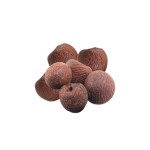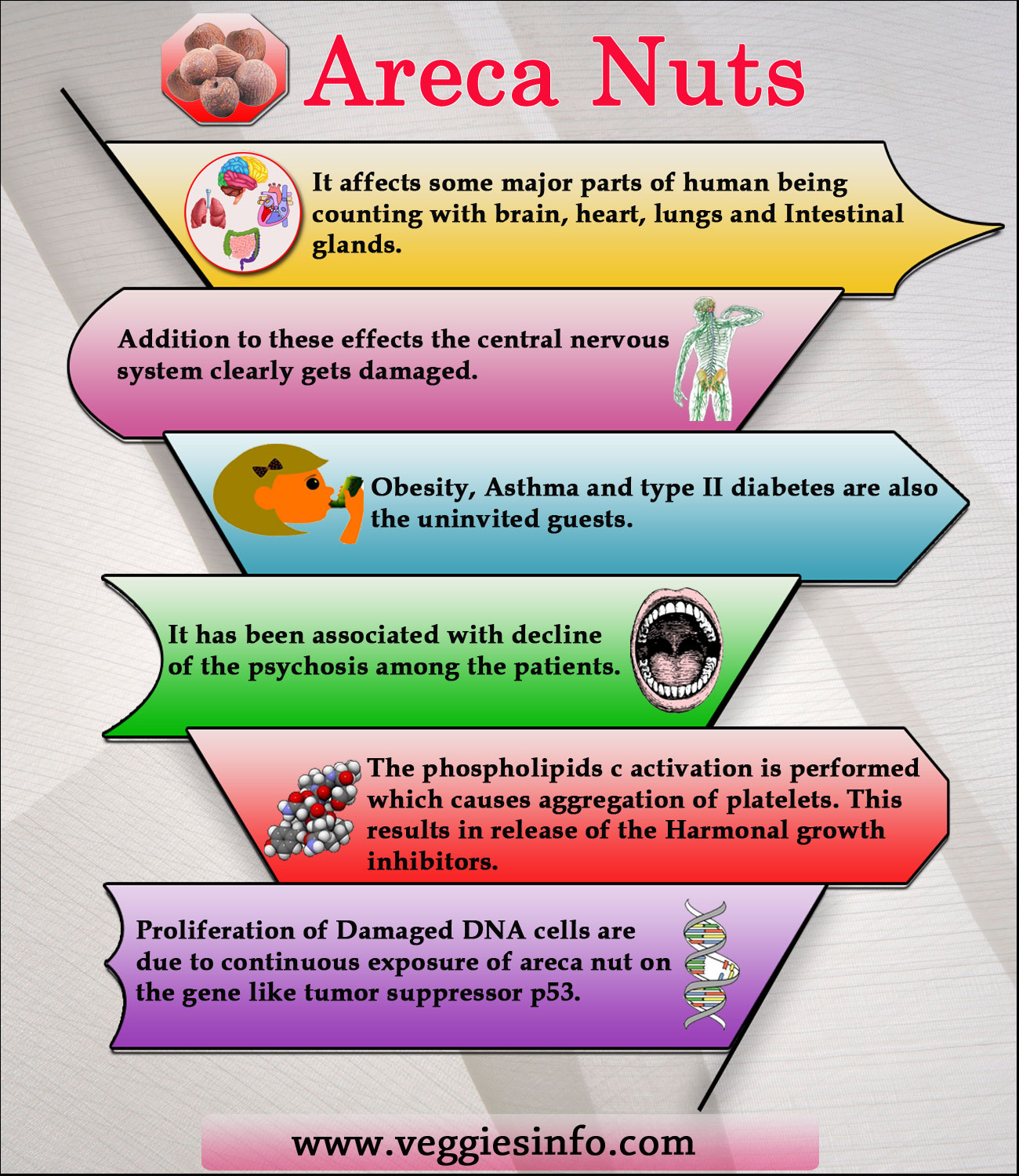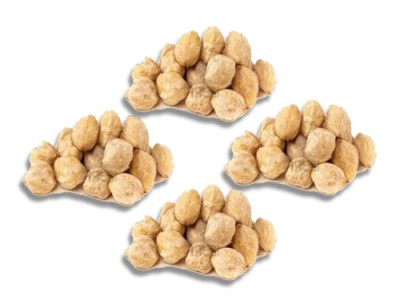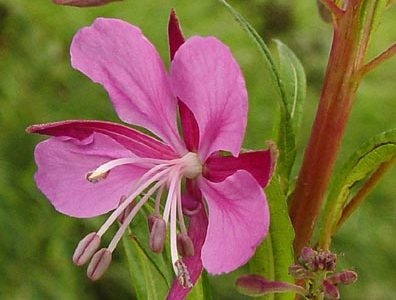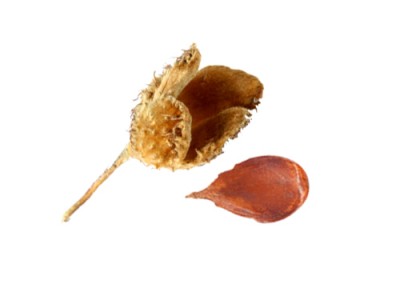
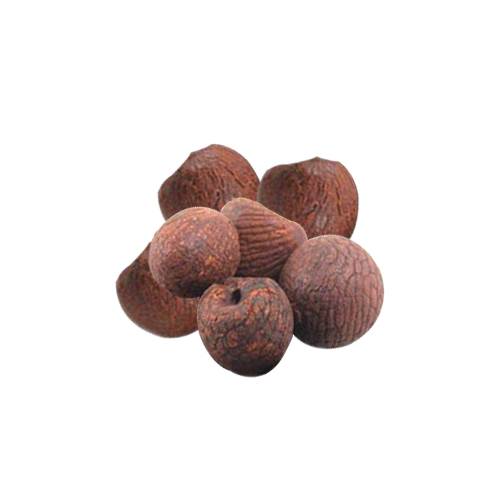
Classical Areca Nuts Health Benefits & Nutrition Facts
Areca Nut
Areca nut is botanically named as Castanea dentate. The word Areca comes from Southern Asia. It is a seed from the plant Areca palm. It is not a real nut but a fruit drupe. The fresh fruit remains green in color and the nut inside is too soft to cut with a knife but the ripened fruit is orangy and very hard which is to be broken by a specialized scissor like cutter. It is commonly named as Betel nut. As it was wrapped and crunched with betel leaves. Areca nuts generally grown in Asia, Pacific and East Africa. The origin is not exact but the archeological results shows that the manifestation is from Indonesia, Philippines and Thailand using areca from four millenniums before. It was notably cultivated in Malacca at 1593. Portuguese sailed the areca to Europe during the 16th century.
In India it was a traditional aspect among the elder people to celebrate the functions and ceremonial activities. It is retailed as processed and dried form in the markets. The areca is chewed with betel to get a mild simulation results in digesting the heavy meals. The combination is really fainting which is equivalent to a cup of café’. Tobacco leaf is also an additive agent for the enjoyment from nicotine. Habitual chewing of betel nut has many destructive effect on human being. The medical research proved that chewing betel nut is malignant. Also the arecolin present in it completely change the working of oral mucosa.
Types Of Areca Nut
There are two varieties in areca.
- White Areca-
This areca is extracted by reaping the completely ripened nut and then by exhausting in the direct sunlight nearly one and half months. After that the outer cover is removed. This is the nut named as betel nut.
- Red Areca-
This red areca is processed depends upon the requirement and finally dried in sunlight for the usage.
Some Medicinal Fact About Areca Nut
In some areas like India, China and some other traditional cultures using the areca for preparing Ayurvedic medicines and Chinese medicines which are having more belief in curing some unusual kind of diseases. Earlier days, the powdered areca is used as a tooth powder for maintaining the endurance of the teeth. Also to clean the intestinal tracts and worms inside our stomach is cleaned by intake of powdered areca or by decoction or using the alkaloid extracted capsules. The Ayurvedic note says “the intake of areca with betel leaves Freshens the breath”. At the same time this combination completely changes a person into a psychoactive mentality but no effects on the concentration and memory..
Classical Activities Of Areca Nuts
The areca nut and betel leaves are traditional symbols for love and affection for Vietnamese. They found it as a famous representation of inseparable couples. The people in Malaysia hold this in a highly cherished state. A plate full of areca and betel is habituated to their tenants. In India and some other Eastern Coastal areas the chewing of areca and betel nut is performed as a practice of royalty. Some of the landlords in villages had attendants to carry a box full of areca and betel nuts with the ingredients required. A practice of sensual symbolism is created during the chewing process. The areca is a symbol of fertility in Assam. People offer areca and betel nut while inviting the neighbors for their ceremonies. This implies the significant place of areca nut in their day to day life.
Recently a twenty nine years old postgraduate student discovered an exclusive tea variety from the areca. The extract contains ¾ th of areca and remaining with 18 essential herbals. Still this extract is not patterned due to the ill effects found in the areca.
The positive effects are very much less and hence we are not supposed to promote the areca in any form towards the developing environment and we should try to prevent the new generations from using this harmful Areca.
Consumtion Of Areca Nut In And Around
- In India, areca is named as “paan masala” which is packed and sold. The poor people use this as Pangs. Spitting is not at all prohibited in any areas of India.
- In Maldives, areca nut is very much popular but prohibited to spit which is a punishable offense.
- In the Island of Solomon, areca is prepared with cherishing lemon flavor which is sold in the street corners.
- The Island country Palau, process the areca with lime, smoke leaf and tobacco. Both small and old age people are encouraged to enjoy this packing.
- Some grocery stores in United States are selling areca nuts with less tax .
- In United Kingdom this stuff is sold in corridors of British MNC’s.
Harmful Effects Of Areca Nut
Like all other nuts areca also having very small amount of positive effects. But mostly the areca is fond of negative impacts. In 2003, a research were undertaken to find the curiosity of cancer inducing agents. In that the chewing of areca is evidenced to have more carcinogenic agents than anything else. The intake of areca during pregnancy period may toxify the Fetus growth. The ingredients like led, cadmium and arsenic are the major hard element that affects the fetus. This problem promotes the genetically cancerous cells to the baby. Further ill effects should be listed as follows.
- Main effect of areca is mouth cancer. Areca having enormous amount of carcinogenic agents.
- It affects some major parts of human being counting with brain, heart, lungs and Intestinal glands.
- Addition to these effects the central nervous system clearly gets damaged.
- Obesity, Asthma and type II diabetes are also the uninvited guests.
- It has been associated with decline of the psychosis among the patients.
- The phospholipids c activation is performed which causes aggregation of platelets. This results in release of the Harmonal growth inhibitors.
- Proliferation of Damaged DNA cells are due to continuous exposure of areca nut on the gene like tumor suppressor p53.
Too much of anything is good for nothing is the only passage should be comparatively said before completing this topic. Eat healthy and live long.
Uses
Cleaning
As walnuts are inexpensive and non-abrasive, the U.S. Army used ground walnut shells for cleaning the aviation parts.

